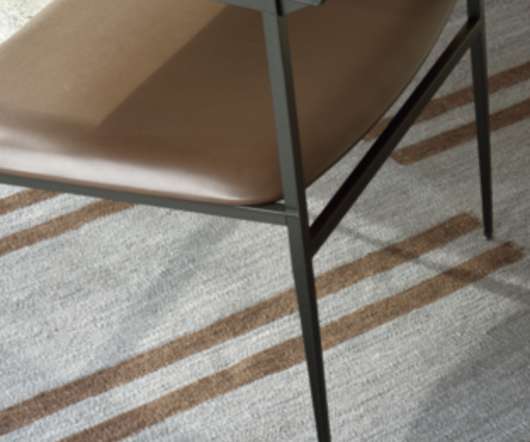Iran Strengthens Stone Industry
Stone Update
OCTOBER 5, 2015
Planned tech investments total $200 million to modernize, says deputy minister during Marmomacc.
 Iran Related Topics
Iran Related Topics 
Stone Update
OCTOBER 5, 2015
Planned tech investments total $200 million to modernize, says deputy minister during Marmomacc.

Heath Ceramics
SEPTEMBER 15, 2016
Founders Melina and Dodd were committed to helping revive and sustain the nearly lost art of felt making in Iran (where Dodd hails from), a craft with a rich, ancient history dating back to 6000 BC. In 2010, however, geopolitics intervened when sanctions against Iran finally spread from weapons and oil to … carpets.
This site is protected by reCAPTCHA and the Google Privacy Policy and Terms of Service apply.

Tile Talk
JUNE 2, 2015
Star and Hexagonal Tile Panel, 13th-14th century (Nishapur, Iran). Image via The Metropolitan Museum of Art. Steeped in a rich history of architectural, design and natural elements, the hexagon is a fundamental shape when it comes to building.

Tile Talk
DECEMBER 4, 2012
Sheikh Lutf Allah Mosque is one of the architectural masterpieces of Safavid Iranian architecture, standing on the eastern side of Naghsh-i Jahan Square, Isfahan, Iran. According to the Iran Chamber Society , “The history of Iranian tile dates back to the prehistoric period. Image via: www.IslamicArts.org. Imam Mosque, Isfahan.

Tile Talk
MARCH 17, 2013
Did you know: Green, blue-green, and blue are sacred colors in Iran, where they symbolize paradise. The color green not only symbolizes money (U.S. currency), but it also symbolizes safety, regeneration, and honor, among other things. As the emblematic color of Ireland, green represents the vast green hillsides, as well as the country.s

Floor Covering News
JANUARY 22, 2021
The blue and black Mazandaran rugs are inspired by the traditional rugs from the Mazandaran province in Iran near the Caspian Sea that feature a striped design. Each rug is truly handmade and that is very special, especially for Ethnicraft, which fits perfectly with the craftsmanship that they stand for.”.

Architectural Ceramics
AUGUST 25, 2017
Originally, handmade tiles were used to adorn places of worship like temples and mosques throughout countries like Iran, Turkey, Egypt and Morocco. Africa & The Middle East: Ceramic tile’s history began in the Middle East. Because the human form was not allowed, geometric and floral imagery was widely used.
Let's personalize your content